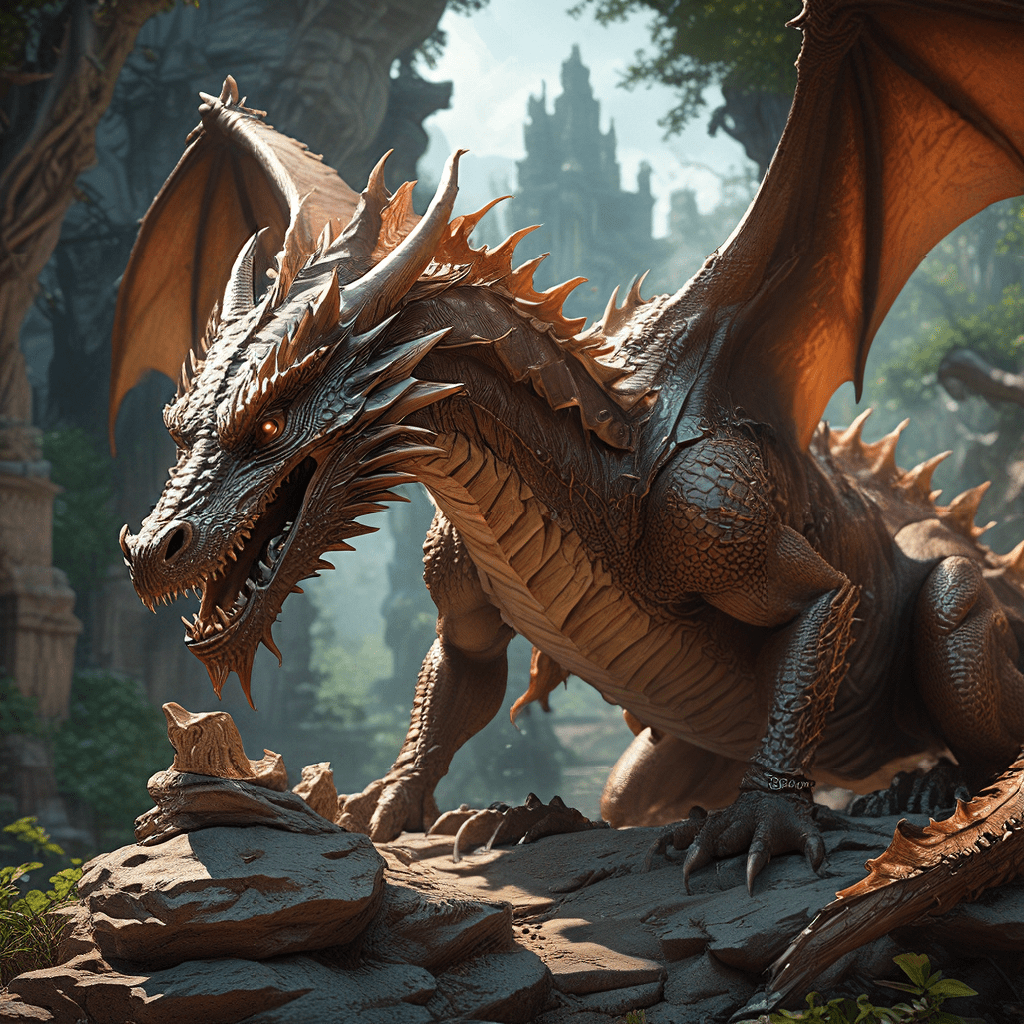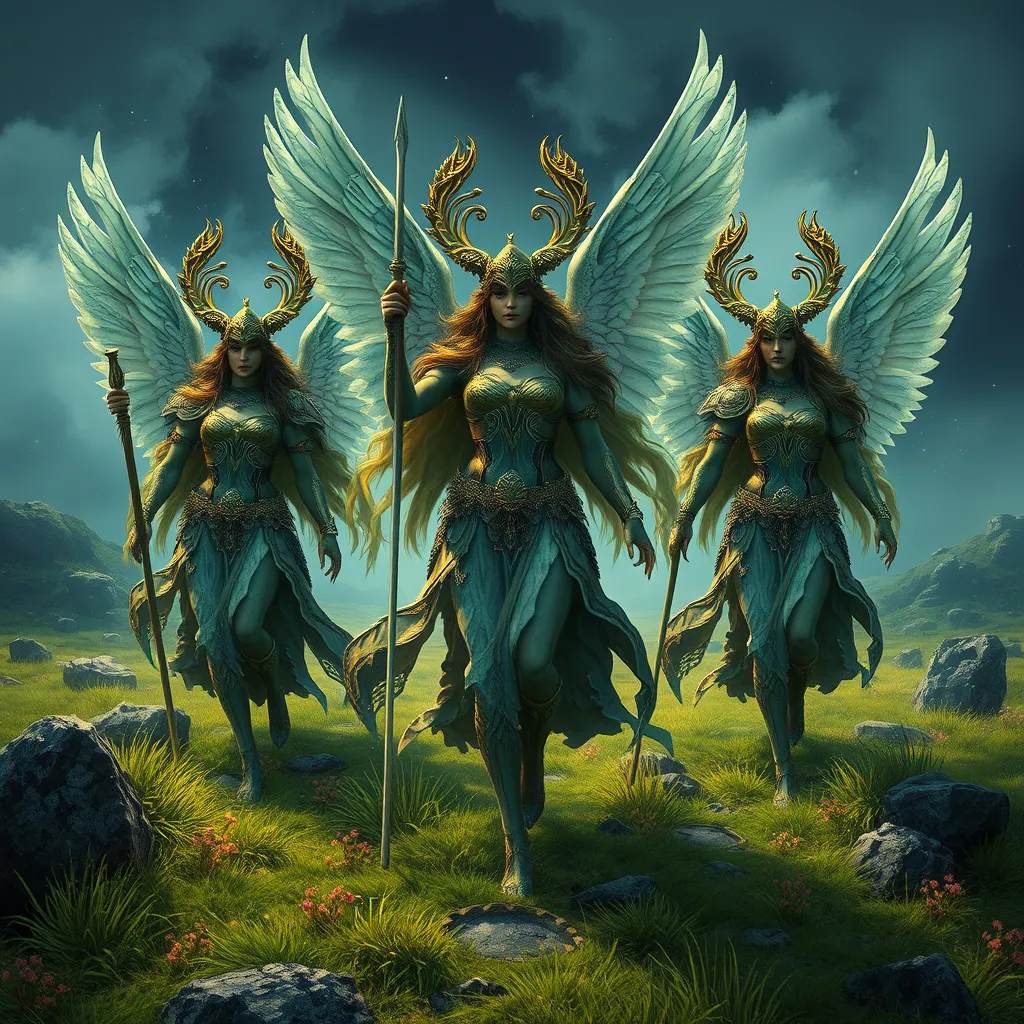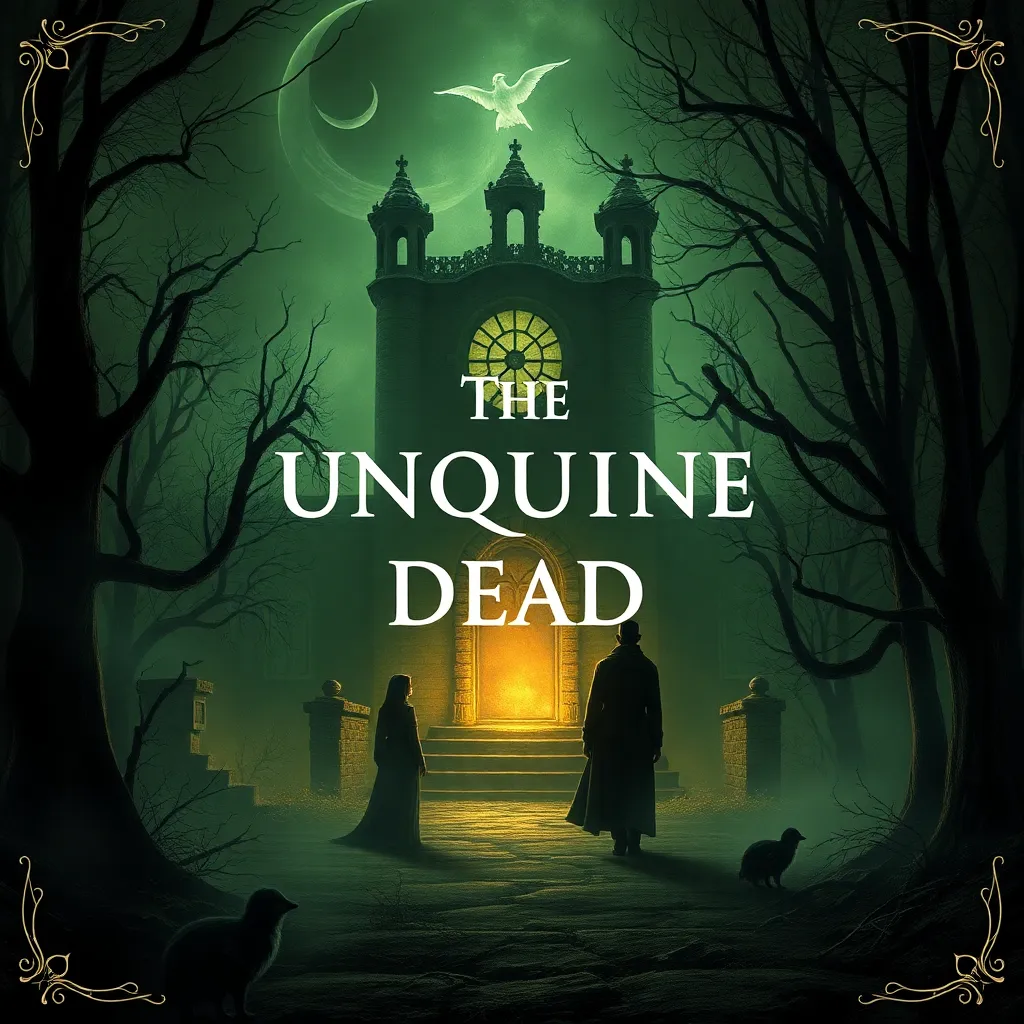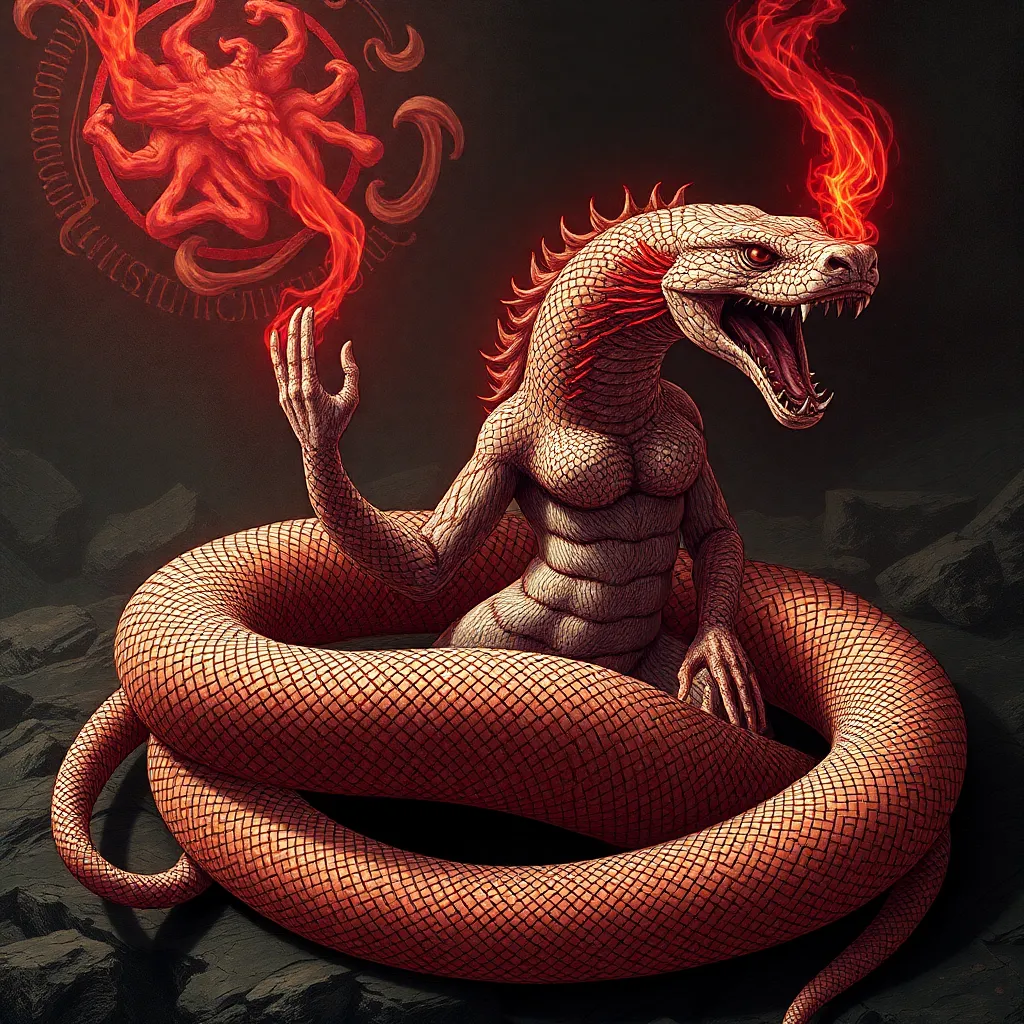The Dragon’s Prophecy: Exploring the Role of Dragons as Omens and Predictors in Myth
Dragons in Mythology: Ancient and Enduring Symbols
Dragons, mythical creatures with serpentine bodies, wings, and fiery breath, have captivated human imaginations for millennia. Found in diverse cultures across the globe, from ancient China to medieval Europe, dragons hold a place of immense power and significance in mythology. Often depicted as guardians of treasures, protectors of wisdom, and harbingers of fate, dragons embody the primal forces of nature, the mysteries of the universe, and the complexities of human experience.
The dragon’s enduring presence in mythology reflects its deep cultural and psychological significance. These creatures often represent the tension between chaos and order, the wildness of nature, and the power of the unknown. In many cultures, dragons are associated with the elements, particularly fire and water, symbolizing the destructive and creative forces at play in the natural world. Their presence in stories and legends serves as a reminder of the awe-inspiring power and unpredictable nature of the world around us.
Dragons as Harbingers of Fate: A Universal Archetype
Throughout history, dragons have been seen as harbingers of fate, their appearance often interpreted as a sign of impending change or a message from the divine. Their role as omens and predictors transcends cultural boundaries, suggesting a universal archetype that resonates deep within the human psyche. The dragon’s prophetic nature stems from its connection to powerful forces beyond human comprehension, making it a potent symbol of the unknown and the unpredictable.
In many cultures, dragons are associated with the celestial realm, their flight representing the ability to transcend the limitations of the earthly world and access divine knowledge. This association with the celestial sphere imbues them with a prophetic aura, as their actions and movements are seen as signs from the heavens. Whether a dragon’s appearance signifies good fortune or impending doom is often dependent on the context of the story and the specific cultural interpretation.
The Dragon’s Breath: Fire as a Symbol of Destruction and Renewal
The dragon’s fiery breath is another key element that contributes to its prophetic nature. Fire, often seen as a symbol of destruction and renewal, embodies the transformative power of nature. In many cultures, fire is associated with both creation and destruction, representing the cycle of life and death. The dragon’s ability to breathe fire, therefore, reflects its capacity to bring about both devastation and rebirth, making it a powerful symbol of change.
The dragon’s fiery breath can be interpreted as a sign of impending cataclysm, a harbinger of destruction that precedes a period of renewal. This interpretation aligns with the cyclical nature of history and the belief that destruction often paves the way for new beginnings. In other contexts, the dragon’s fire might represent the power of knowledge or the transformative potential of spiritual enlightenment.
The Dragon’s Flight: Soaring Above Mundane Reality
The dragon’s ability to fly, soaring above the mundane reality of the earth, further enhances its prophetic role. Flight is often associated with transcendence, the ability to rise above limitations and achieve a higher state of being. In many cultures, dragons are seen as intermediaries between the earthly and celestial realms, capable of traversing the heavens and bringing back messages from the divine. Their flight represents the power of imagination, the ability to envision possibilities beyond the limitations of the present moment.
The dragon’s flight can be interpreted as a sign of inspiration, a reminder that there are forces at work beyond our immediate understanding. By soaring above the mundane, the dragon offers a glimpse into the unseen, the unknown, and the potential for transformation. This perspective allows us to see beyond the limitations of our present reality and embrace the possibilities that lie ahead.
The Dragon’s Voice: Whispers of Prophecy and Divine Knowledge
Finally, the dragon’s voice, often described as a deep, booming roar or a resonant whisper, adds another layer to its prophetic nature. The dragon’s voice can be interpreted as a conduit for divine knowledge, carrying messages from the celestial realm to the mortal world. This voice can be a source of both wisdom and warning, offering insights into the future and guidance for the present.
In many cultures, dragons are associated with wisdom and knowledge, their words often carrying profound insights into the nature of the universe. Their ability to see beyond the limitations of human perception grants them a unique perspective on the world, making their pronouncements valuable sources of truth and guidance. The dragon’s voice, therefore, serves as a reminder of the power of words, their ability to shape destinies and guide decisions.
Interpreting the Dragon’s Omen: Understanding the Message
Understanding the dragon’s prophecy requires careful consideration of the context in which it appears. Dragons are not simply messengers of doom; they are multifaceted symbols that can represent a wide range of possibilities. To decipher their prophetic messages, it’s essential to pay attention to the following:
* **The Dragon’s Appearance:** The dragon’s color, size, and behavior can offer clues about the nature of the prophecy. For example, a benevolent golden dragon might herald good fortune, while a fearsome black dragon could signify impending danger.
* **The Dragon’s Actions:** The dragon’s actions, such as guarding a treasure or flying across the sky, can provide further insight into the prophecy. A dragon protecting a sacred site might suggest the need for preservation, while a dragon soaring towards a specific location might indicate a journey of transformation.
* **The Dragon’s Words:** If the dragon speaks, its words should be interpreted carefully. Dragon wisdom often comes in the form of riddles, parables, or cryptic sayings that require careful thought and interpretation.
* **The Context of the Story:** The overall narrative in which the dragon appears provides crucial context for understanding the prophecy. The surrounding events, the characters involved, and the themes explored in the story can help to clarify the significance of the dragon’s message.
Interpreting the dragon’s prophecy often requires a synthesis of these elements, taking into account the nuanced symbolism and cultural context. It requires an open mind, a willingness to consider multiple perspectives, and a deep respect for the power and significance of these mythical creatures.
The Dragon’s Prophecy in Various Cultures: A Global Perspective
Dragons have played a prominent role in mythologies across the globe, each culture imbuing them with unique characteristics and interpretations. Here are a few examples of how dragons are portrayed as omens and predictors in various cultures:
* **Chinese Dragons:** In Chinese mythology, dragons are often seen as benevolent beings associated with water, fertility, and prosperity. They are often depicted as protectors of the emperor and symbols of good fortune. The appearance of a dragon in a dream or vision could be interpreted as a sign of good luck, success, or auspicious events.
* **European Dragons:** In European mythology, dragons are often portrayed as ferocious beasts associated with fire, destruction, and chaos. Their presence is often seen as a harbinger of doom, signifying war, famine, or natural disasters. The slaying of a dragon is often seen as a symbolic victory over evil and restoration of order.
* **Celtic Dragons:** In Celtic mythology, dragons are associated with wisdom, power, and guardianship. They are often depicted as protectors of sacred sites and guardians of ancient knowledge. The sight of a dragon could signify the need for protection, guidance, or a call to fulfill a destiny.
* **Norse Dragons:** In Norse mythology, dragons are associated with fire, greed, and the underworld. They are often depicted as guardians of treasure and symbols of the destructive forces of nature. The appearance of a dragon could signify impending danger, a test of courage, or a challenge to one’s values.
These examples illustrate the diverse ways in which dragons are portrayed as omens and predictors in different cultures. Their symbolism reflects the specific values, beliefs, and concerns of each society.
The Dragon’s Prophecy: A Mirror of Human Fears and Aspirations
The enduring power of dragons in mythology lies in their ability to reflect our deepest fears and aspirations. Dragons symbolize the forces of nature, the power of the unknown, and the challenges we face in our journey through life. The stories we tell about dragons reveal our anxieties about change, our desire for protection, and our yearning for meaning and purpose.
Dragons represent our fascination with the potential for both destruction and rebirth, our awareness of the destructive forces at play in the world, and our hope for a better future. They embody the tension between chaos and order, the wildness of nature, and the challenges of living in a complex and unpredictable world. Through their prophetic role, dragons remind us that we are not alone in our struggles, that there are forces beyond our understanding at work in the universe, and that we have the potential to rise above our limitations and achieve greatness.
The Enduring Power of the Dragon’s Prophecy: A Timeless Narrative
The dragon’s prophecy remains a powerful narrative in our modern world. We continue to be fascinated by these mythical creatures, and their stories continue to resonate with us, reminding us of the enduring power of myth and the enduring questions that have captivated humanity since the dawn of time.
Dragons represent the forces of nature, the power of the unknown, and the enduring challenges of human existence. Their prophecies remind us that the future is not predetermined, that we have the power to shape our destinies, and that we are capable of achieving extraordinary things. The dragon’s prophecy is a timeless narrative, a reminder of the power of myth, and a testament to the enduring fascination with these ancient and powerful creatures.
Frequently Asked Questions (FAQ)
**Q: What are some common interpretations of a dragon’s prophecy?**
**A:** The interpretation of a dragon’s prophecy depends heavily on the context of the story and the specific cultural interpretation. A dragon’s appearance could signify good fortune, impending doom, a call to action, a warning of danger, or a message of wisdom.
**Q: How can I tell if a dragon’s prophecy is positive or negative?**
**A:** There’s no simple answer to this question. The dragon’s appearance, actions, and words all provide clues to the nature of the prophecy. However, the most important factor is the context of the story and the specific cultural interpretation.
**Q: Are all dragon prophecies meant to be taken literally?**
**A:** Not necessarily. Dragon prophecies can be symbolic, allegorical, or even metaphorical. They may offer insights into the nature of reality, the challenges of human existence, or the potential for transformation.
**Q: What is the significance of a dragon’s fire in its prophecy?**
**A:** The dragon’s fire often symbolizes transformation, destruction, and renewal. It can represent the power of knowledge, the challenges of change, or the potential for rebirth.
**Q: What is the role of dragons in mythology?**
**A:** Dragons serve a variety of roles in mythology, often representing powerful forces of nature, guardians of sacred sites, protectors of wisdom, and harbingers of fate. They embody the tension between chaos and order, the wildness of nature, and the challenges of living in a complex and unpredictable world.



